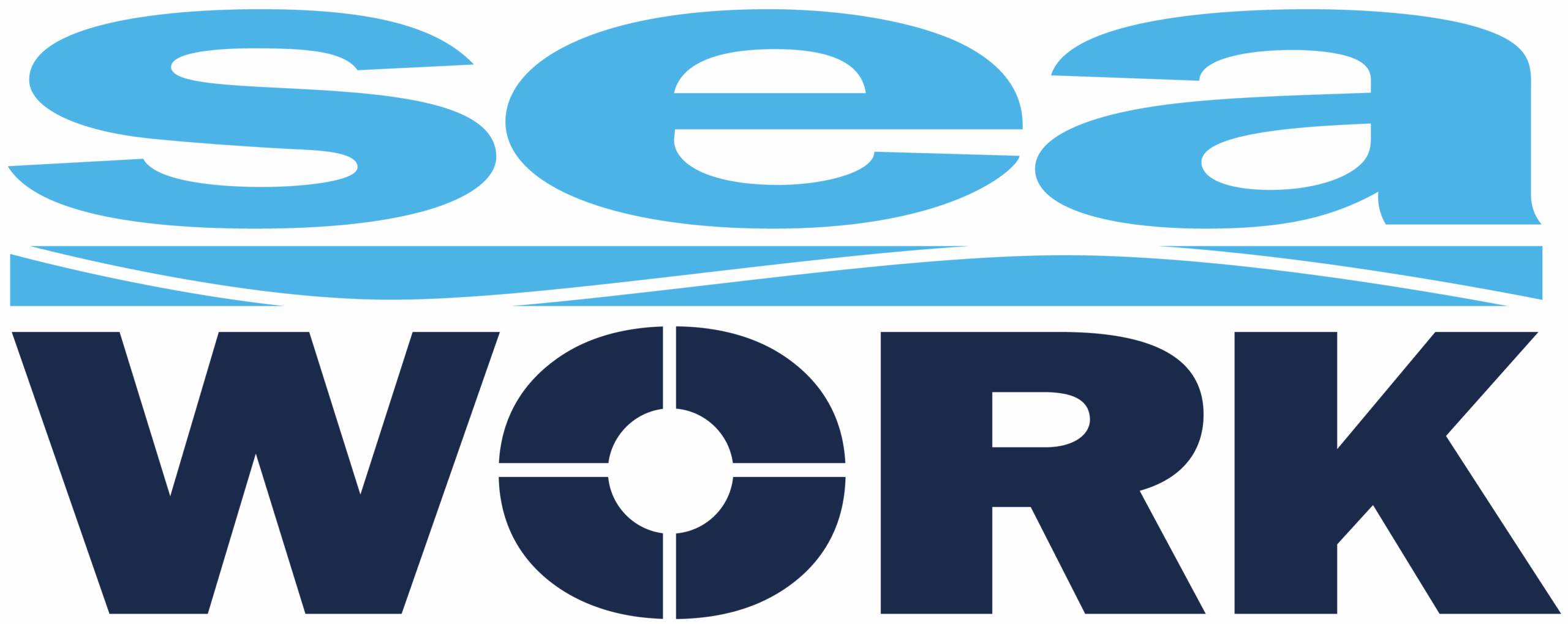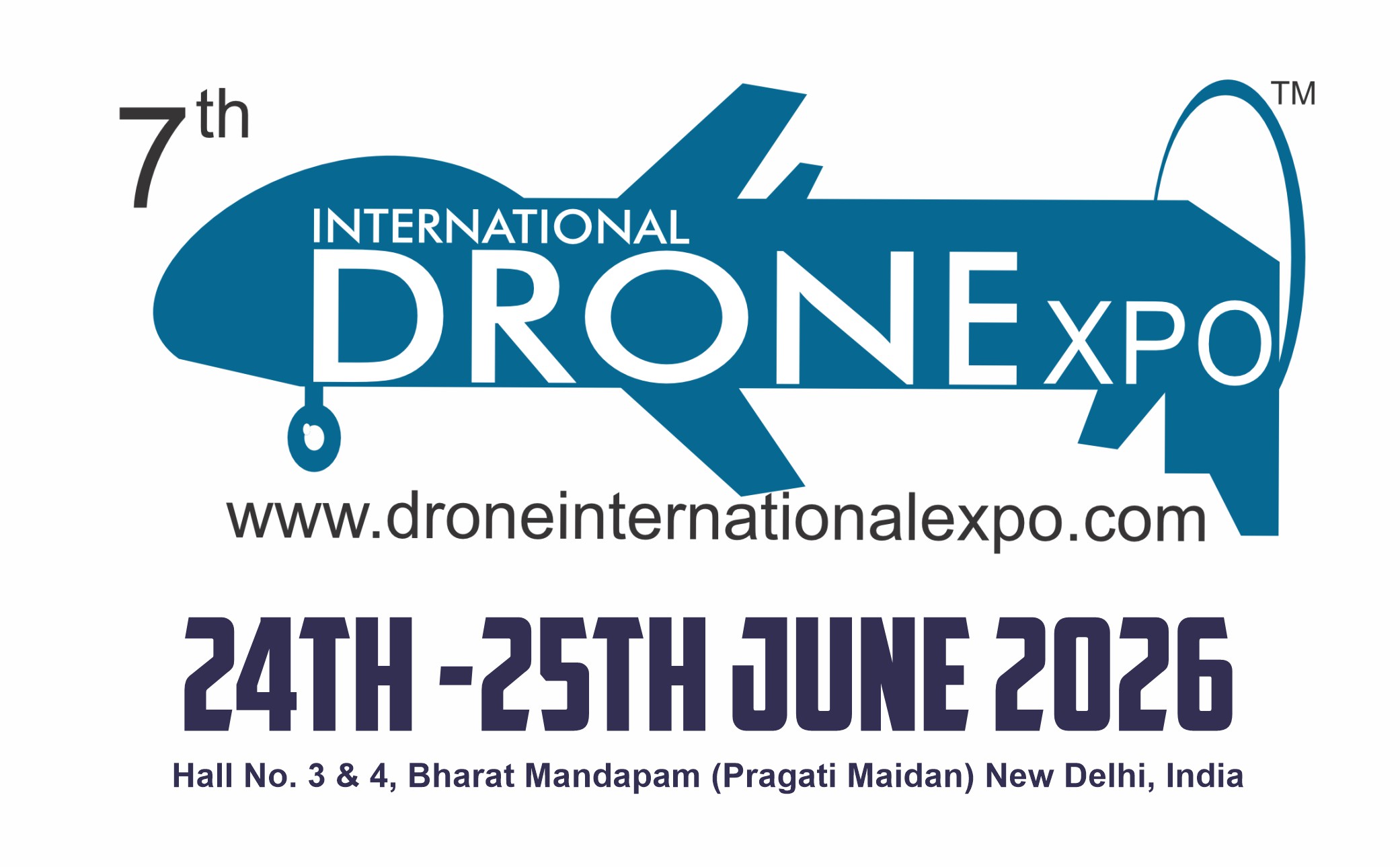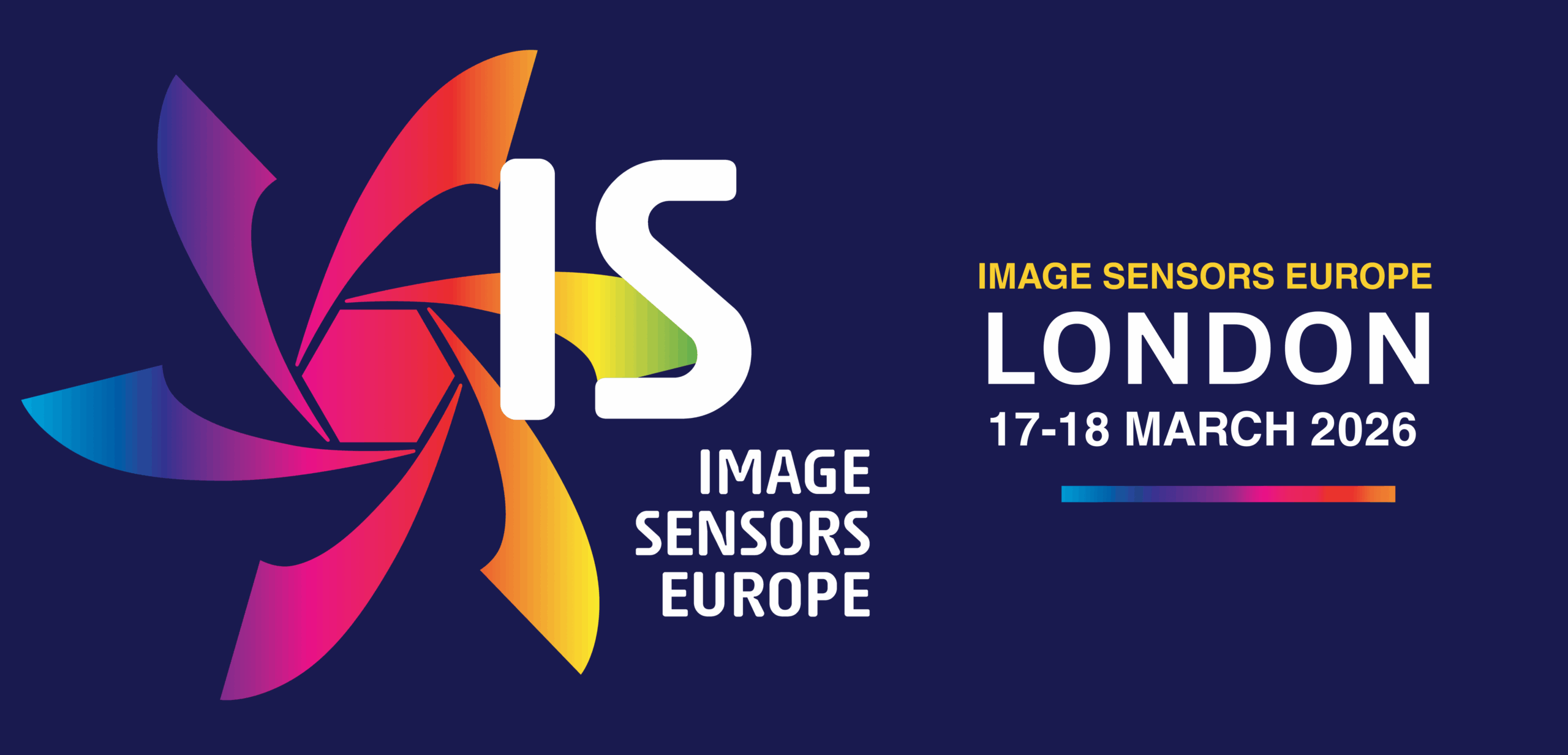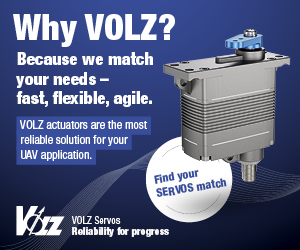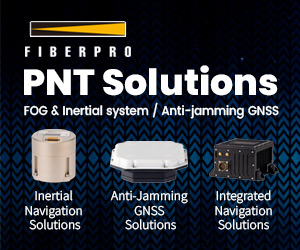AUV for deep-water exploration
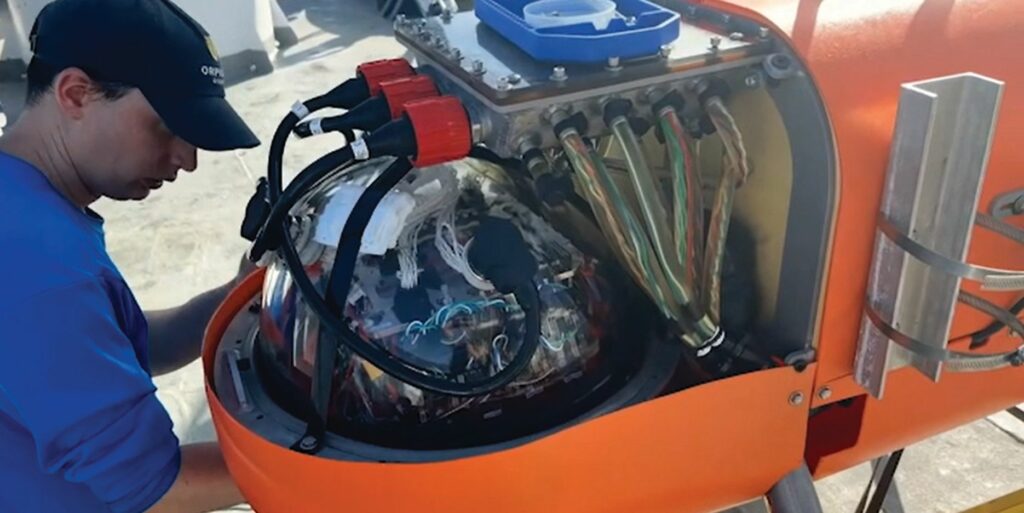
(Image courtesy of Orpheus Ocean)
A new autonomous underwater vehicle has visited previously unexplored areas of the ocean depths, writes Nick Flaherty.
The Orpheus benthic exploration AUV has been designed for deep-ocean exploration with a pair of landing skids that allows the vehicle to land on and physically interact with the seafloor for measurements or sample return. When it lands, it enters a low-power stationary mode that enables long-duration tasks previously requiring an entirely different type of craft.
The craft has been tested at depths of 5.6 km (3.5 miles) near the Mariana Trench – the deepest part of the ocean – and is rated for depths of 11 km (6.8 miles).
The design measures 172 cm (68 in) long, 101 cm (40 in) wide and 130 cm (51 in) high and builds on a prototype originally developed by the Woods Hole Oceanographic Institution and NASA’s Jet Propulsion Laboratory in 2018 and that has now been taken over by startup Orpheus Ocean.
The third Orpheus AUV prototype is based on an aluminium frame with carefully placed holes to keep the base weight of 250 kg as low as possible, making for easier transportation and launch-and-retrieval of the vehicle. Every ounce of extra weight is magnified owing to the need for additional buoyancy to counteract it.
The flotation system is based on syntactic foam, an engineered material with tiny hollow glass spheres suspended in a ceramic matrix. These spheres make the material lighter than water, providing buoyancy, while the matrix prevents it from being crushed under high pressures. This is used as the moulded body of the AUV, and the foam-to-vehicle ratio is precisely calibrated such that the whole system is as close to neutrally buoyant as possible, minimising energy use at depth.
The ‘head’ of the AUV is split across two different compartments: the junction box and the sphere. The sphere is made of extremely strong glass with the interior kept at atmospheric pressure, which enables many of the electronic systems to function at normal pressure. This is easily swappable for ease of maintenance, and serves a dual purpose as additional flotation, further cutting vehicle weight.
The system includes tracking support for ultra-short baseline beacons for geodetic navigation as well as a Doppler velocity log for dead reckoning. A closed-loop vehicle control system handles the heading, altitude, depth and distance travelled over the seafloor.
The junction box routes signals from the sphere to various components and payloads throughout the body.
For propulsion, the AUV uses two vertical and two horizontal thrusters. This arrangement allows for precise navigation near complex seafloor terrain, as well as hovering above and landing on the seafloor.
The AUV can collect seafloor data, observations and samples of polymetallic nodules that contain key metals and rare earth elements.
“It is critical to collect the data that allows us to understand the distribution of deep-sea mineral deposits and the unique ecosystems associated with them. The greatest need right now is baseline data, which requires very specialised tools,” said Adam Soule, executive director of the Ocean Exploration Cooperative Institute, which has supported the development of the system.
UPCOMING EVENTS





